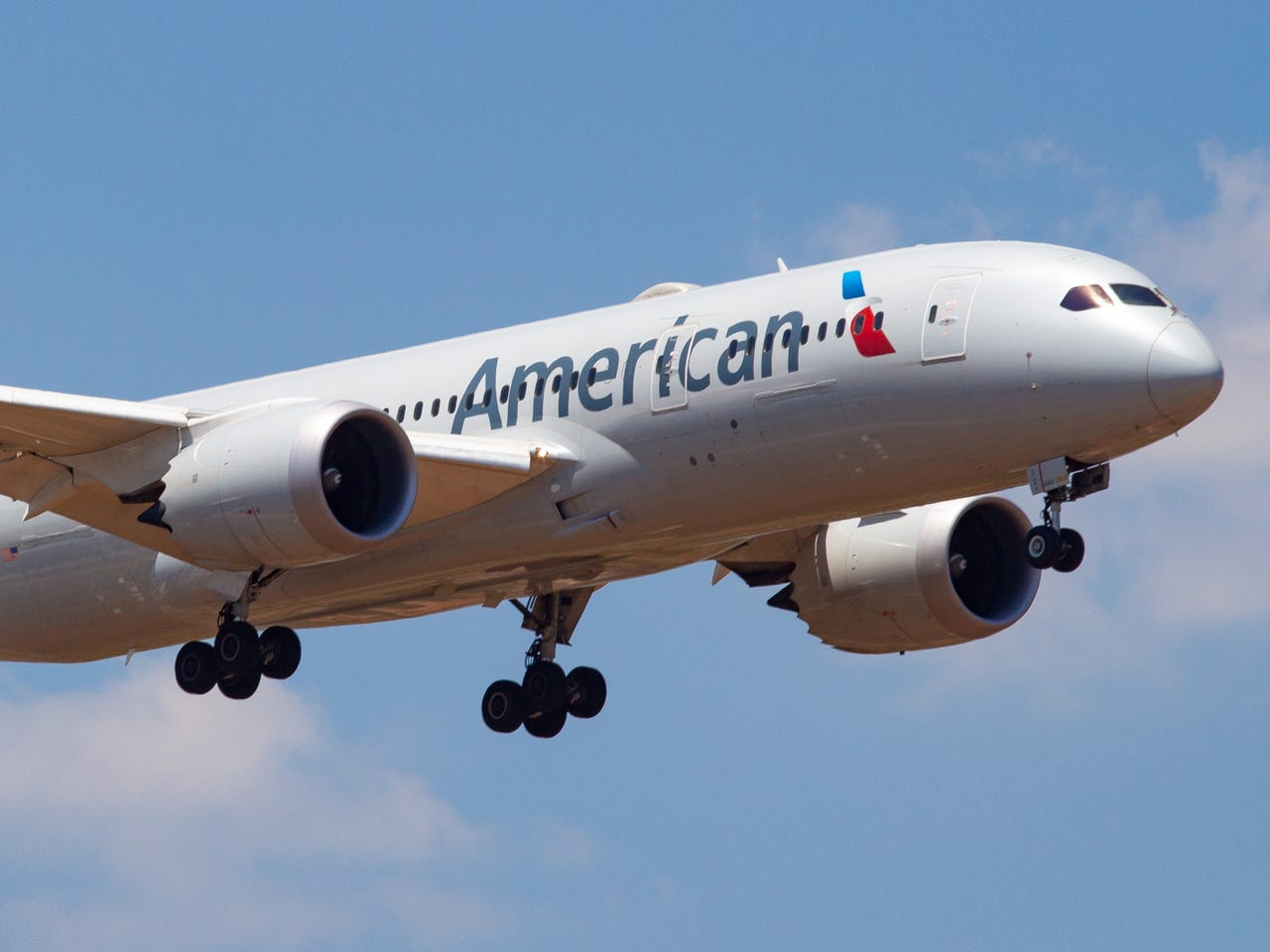American Airlines thinks it knows what customers want (Delta and United don't agree)


How much entertainment do you need?
Everyone wants to fly these days.
more Technically Incorrect
That's the impression you get if you listen to airlines' third quarter declarations.
Business travel is roaring back, they say, and one of the biggest drivers of business is the blended trip.
You know, three days of meetings and a couple more days of rest to get over three days of meetings.
Airlines are making a lot of money, because more people are prepared to pay more not to have the desperately substandard experience known as economy class. Indeed, airlines are so buoyant that they don't see any signs of recessionary turbulence.
In essence, then, perhaps the little things will begin to matter again. For passengers, that is. Things like food, drink, and the quaint concept of customer service.
Also: American Airlines is quietly doing something that may appall customers
A Hollywood takeoff?
What about a technological element seemingly from a bygone era -- inflight entertainment? Where is it going? Who's got it right? How much does it matter? And why does the person next to me on a flight always seem to be watching a violent movie?
I was moved into the beginnings of this dream state by a fascinating article in the Hollywood Reporter. It told of how streamers such as Netflix and Peacock are now quite excited about airlines.
As the Reporter put it: "New tech with more onboard options and upgraded seatback screens ensures captive audiences with cash to spend for streamers."
Yes, it seems the Hollywoody tech world thinks there's no shortage of money around.
Also: Delta and American Airlines are making big changes (but not for everyone)
But about those upgraded seatback screens. In recent times, Delta Air Lines has shown an uncommonly human commitment toward them. United Airlines decided to chop them out before undergoing a conversion and concluding it would now make sure there would be seatback screens in all its planes.
BYOD, if you please
And then there's American Airlines.
It took the curious step of removing all the seatback screens from its narrow-body planes. The notion was that everyone now has their own devices, so why bother giving them an additional screen?
This might have upset, say, a family of six who might then need to bring six separate devices to keep everyone entertained.
A concomitant notion for American, of course, was that taking out seatback screens makes planes a little lighter, and maintenance a little less arduous.
Actually, talking of entertainment, American Airlines' last CEO, Doug Parker, mused last year that if the airline saw an effect on business, it might shove seatback screens into its planes again.
So now here comes Hollywood trying to use airlines to get a competitive edge.
Or as Josh Marks, CEO of Anuvu -- which specializes in sea and sky entertainment -- put it: "We have passenger eyeballs for 4 to 8 hours at a time. If you want to hook subscribers on that new series, you're not going to get a better marketing point than an airline."
Oh, I don't know, my sofa does quite well. Save for the deeply poor search faculties of most streamers.
A seatback screen that knows you
Still, the whole thing seems complex. Will in-flight entertainment now be even more replete with movies and shows that most people haven't yet seen, or even heard of?
Why, Anuvu's Marks sees this as the future: "We're heading toward a world where the seatback screen in front of you is fully connected to the internet, where the airlines and studios push content to you as an individual passenger, and where all of the systems are designed to tie in to loyalty programs and studio subscriber platforms."
Except, it appears on American. Or, more precisely, if you want that sort of thing on American, bring your own device and keep it charged.
Also: In-flight Wi-Fi is a nightmare, but fixes could be on the way
It's all quite absorbing. How many people are more comfortable using their own devices on a flight? And how many would prefer to, say, work on their laptop and still keep (at least) one eye on a movie playing on a seatback screen?
But how often would a customer truly make their booking decision based on the quality of an airline's inflight entertainment?
Somehow, I fear people have become so used to inferior experiences on too many flights that they're often prepared to make do with discomfort of one kind or another.
Personally, I won't watch in-flight TV on any flight around the US, unless there's live sport I want to see and the airline offers live TV. JetBlue, for example.
Most of the time, I'll read something called a book.
Weird, I know.